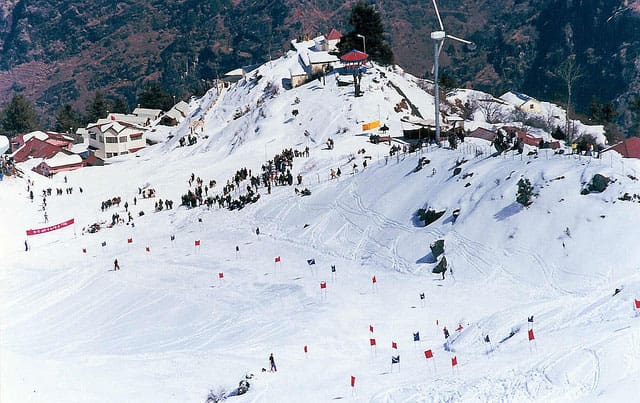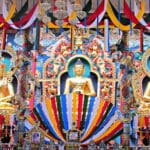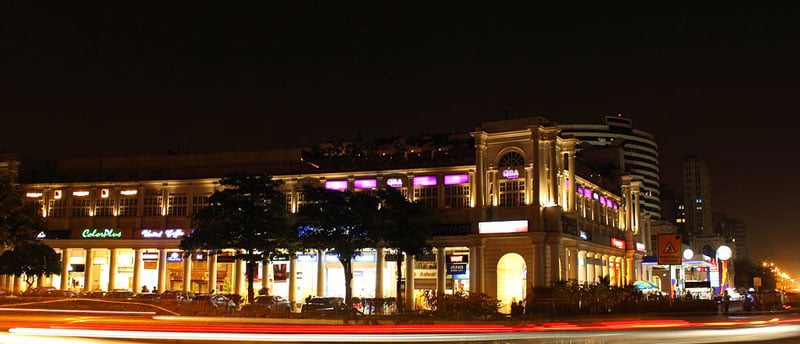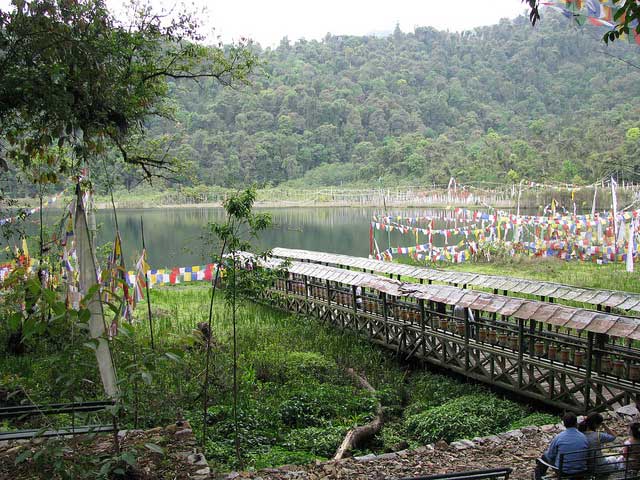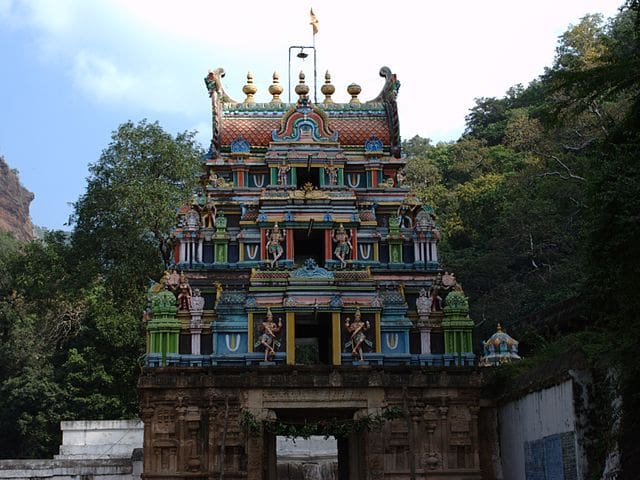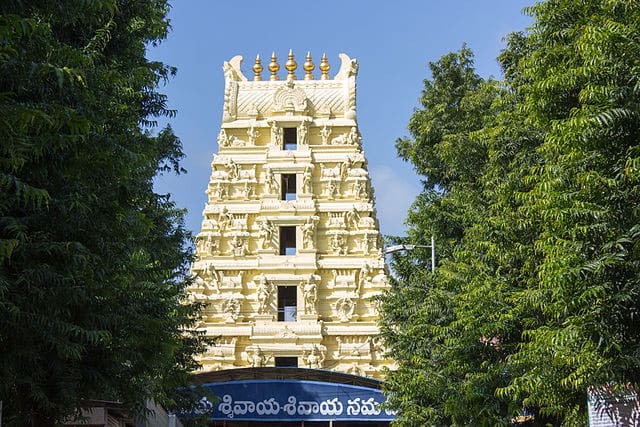Nestled in the snow-draped Garhwal Himalayas, Auli has long been celebrated as one of India’s premier mountain getaways. Pristine slopes, panoramic vistas, and year-round adventure allure travelers and thrill-seekers alike. Whether you seek powdery snow, verdant meadows, or simply a haven for peace, understanding the best time to visit Auli will transform your trip into a cherished memory.
Why Auli Stands Out: The Allure of the Himalayas
Auli’s unique blend of adventure sports, spiritual sanctuaries, and mesmerizing landscapes has positioned it as a must-visit place for both Indian tourists and international wanderers. The town’s high altitude ensures reliable snowfall in winters and a palette of lush greens during summer, creating a versatile year-round appeal.
Understanding Auli’s Climate: What to Expect Throughout the Year
Auli in Winter (December to February): The Skiers’ Paradise
Auli boasts some of India’s best skiing facilities, making December to February the prime window for snow sports. Slopes transform into snow-white playgrounds, with the average temperature ranging between -4°C to 10°C.
-
Highlights: Perfect powdery snow, National skiing championships, views of Nanda Devi and Mana Parbat, and cable car rides over an icy landscape.
-
Recommended for: Adventure tourists, skiers (beginners to advanced), snow photographers, honeymooners seeking a winter wonderland.
Auli in Spring (March to May): The Meadow Marvel
This period witnesses the gradual retreat of snow, unveiling lush meadows and vibrantly blooming wildflowers. Daytime temperatures hover comfortably between 7°C to 15°C—ideal for outdoor activities.
-
Highlights: Trekking expeditions to Gurson Bugyal, photography of blossoming flora, picnics on rolling green hills.
-
Recommended for: Nature lovers, casual travelers, trekkers, family vacations.
Auli in Summer (June to August): The Himalayan Hideaway
Unlike much of North India, Auli offers a cooling respite during the hot summer months, with temperatures ranging from 10°C to 20°C.
-
Highlights: Relaxing cable car rides, breathtaking sunset views over green valleys, camping, and yoga retreats.
-
Recommended for: Families, those escaping the plains’ heat, mindfulness and yoga enthusiasts.
Auli in Monsoon (September to November): The Tranquil Escape
September marks the beginning of monsoon’s retreat, with crisp mountain air and rejuvenated forests as waterfalls spring to life.
-
Highlights: Low crowd density, serene landscapes for solitude seekers, fresh air, and opportunities for bird-watching.
-
Recommended for: Offbeat travelers, writers, photographers in search of misty vistas.
Choosing the Best Time to Visit Auli: Tailored to Your Interests
For Snow Adventures
The best time to visit Auli for snow sports is undoubtedly from late December until February. The Garhwal Mandal Vikas Nigam (GMVN) often organizes annual skiing festivals and training camps in this period, attracting participants and spectators from around the globe. The treacherous curves and crisp, dry snow offer ideal conditions for alpine, cross-country, and snowboarding activities.
For Nature Walks and Treks
March through June is an absolute delight, with clear trails free from icy hazards. Trekkers can embark on the celebrated Auli-Gorson Bugyal trek, or the challenging expedition to Kuari Pass. Nature walks reveal rhododendron blooms and diverse birdlife, while meadows like Bugyal become accessible for camping.
For Spiritual and Cultural Experiences
Auli’s location in Uttarakhand, known as Dev Bhoomi (Land of the Gods), situates it near sacred destinations such as Joshimath, Badrinath, and various Shankaracharya sites. The summer months offer seamless access to these temples and monasteries, with comfortable weather facilitating spiritual exploration.
For Uninterrupted Solitude
September and October represent a hidden gem period for those seeking solitude, as tourist numbers significantly dwindle and landscapes regain their serenity. Wet weather recedes, roads clear up, and the dazzling post-monsoon greens make for pure photographic magic.
Festival Calendar: Making the Most of Your Visit
-
Skiing Festivals (January–February): Annual events organized by local authorities bring together professionals and amateurs alike.
-
Makar Sankranti (January): Celebrated with fervor, blending local culture and traditional rituals.
-
Summer Trekking Events (April–June): Groups gather for organized expeditions and camping under the stars.
Travel Tips by Month
| Month | What to Expect | Packing Suggestions |
|---|---|---|
| December-February | Heavy snowfall, skiing, coldest weather | Thermal wear, snow boots, down jackets, gloves |
| March-April | Melting snow, blooming meadows, start of trekking season | Layered clothing, sturdy shoes, sunblock |
| May-June | Clear weather, summer holidays, bustling with families | Light woollens, sun hats, hiking gear |
| July-August | Light showers, fresh green vistas, fewer crowds | Waterproof jackets, rain cover, sturdy boots |
| September-October | Mild weather, post-monsoon freshness, tranquil scenery | Warm layers, camera, binoculars |
| November | Chilly winds, pre-snowfall quietude, fewer tourists | Jackets, scarves, power banks for low network areas |
Must-See Attractions and Activities: Year-Round Excitement in Auli
Auli Ropeway: Among Asia’s highest and longest cable car rides, this adventure offers sweeping vistas and a thrilling ascent from Joshimath to Auli.
Gurson Bugyal: A high-altitude meadow carpeted with wildflowers in spring and summer, and blanketed with snow in winter.
Chattrakund Lake: The emerald waters surrounded by pine forests are ideal for a tranquil pause after a trek.
Auli Artificial Lake: One of the world’s highest man-made lakes, essential for ski training during low snowfall.
Kuari Pass Trek: Epic views of Nanda Devi, Kamet, and Dronagiri await those seeking a challenge.
Camping and Stargazing: Clear nights offer some of the most mesmerizing views of the Milky Way and star clusters.
Adventure Sports in Auli: Beyond Skiing
-
Snowboarding: Increasingly popular during peak winter months.
-
Cable Car Rides: Available year-round but especially scenic in clear weather.
-
Trekking and Hiking: Spring to early summer is preferred.
-
Chair Lift and Gondola: Operating seasonally for skiers and sightseers.
-
Mountaineering: Treks organized for the experienced during the drier seasons.
-
Camping: Verdant meadows and forest clearings come alive from March onward.
-
Yoga and Meditation Retreats: Flourish in the mild months of summer and autumn.
Wildlife and Flora: Nature’s Bounty
The slopes and forests surrounding Auli are home to a rich variety of flora including oak, pine, and deodar trees, wildflowers, and alpine meadows. Frequent avian visitors include Himalayan monal, eagles, and woodpeckers. The changing seasons reveal diverse plant palettes, especially dazzling in spring and post-monsoon.
How to Reach Auli: Seamless Accessibility Throughout the Year
-
By Air: Jolly Grant Airport, Dehradun, is the nearest airport (approx. 280km).
-
By Rail: The closest railway station is Haridwar (approx. 273km), connecting to major cities.
-
By Road: Well-maintained highways and mountain roads connect Auli to Delhi, Rishikesh, and beyond.
-
By Cable Car: The 16km ropeway from Joshimath is operational year-round except in extreme weather.
Where to Stay in Auli: Accommodation for Every Season
-
Luxury Resorts: Cliff Top Club, The Tattva Resort offer panoramic views and modern comfort.
-
Government Guesthouses: GMVN-run lodges ensure reliability even in peak season.
-
Budget Hotels: Clean, comfortable, and close to prime locations.
-
Homestays/Camps: For immersive experiences in nature, especially popular during trekking season.
Packing Checklist: Season-Specific Essentials
-
Winter: Snow boots, thermals, waterproof outerwear, gloves, woolen cap, sunglasses, energy snacks.
-
Spring/Summer: Layered clothing, hiking shoes, sunscreen, hat, water bottle, light jacket.
-
Monsoon: Waterproof bags, quick-dry clothes, insect repellent, sturdy umbrella.
-
Fall: Mixed layers, camera, binoculars, light scarf.
Sustainable Travel in Auli: Responsible Explorer Guidelines
-
Always adhere to designated trekking trails to protect fragile ecosystems.
-
Avoid single-use plastics; carry reusable items.
-
Respect local customs and traditions.
-
Empower local communities by patronizing homestays and local markets.
-
Observe wildlife from a distance—avoid feeding or disturbing animals.
Nearby Places to Enrich Your Auli Journey
-
Joshimath: Spiritual hub with ancient temples.
-
Nanda Devi National Park: UNESCO World Heritage Site, home to rare Himalayan flora and fauna.
-
Valley of Flowers: World-renowned biosphere reserve accessible from Auli during summer.
-
Tapovan: Renowned for natural hot springs.
-
Badrinath: A major pilgrimage destination, open from May to November.
Cuisine: Relish Local Delicacies
Savor the simplicity of Garhwali cuisine. Don’t miss:
-
Kachmauli: Stuffed goat dish, a local specialty during festivals.
-
Aloo Ke Gutke: Spiced potatoes, perfect with local rotis.
-
Chainsoo: Protein-rich lentil dish for chilly evenings.
-
Local Herbal Teas: Brewed with mountain herbs for warmth and health.
Safety and Health Tips for Every Season
-
Winter: Be cautious of icy paths; heed weather advisories. Altitude sickness can affect sensitive individuals—acclimatize gradually.
-
Summer: Sunscreen and hydration are crucial at high elevations.
-
Monsoon: Landslides may occur; check road and weather updates regularly.
-
First Aid: Carry a kit with altitude medicines, pain relievers, and basics for minor cuts and injuries.
Photographic Opportunities: Every Angle, Every Season
-
Panoramic shots: Use wide-angle lenses to capture snow fields and summer meadows.
-
Wildlife photography: Early morning and late afternoon are optimal for sightings.
-
Night sky: Clear winter nights and summer evenings are best for astrophotography in Auli.
Budget Planning: Optimize Your Auli Trip
-
Off-Season Discounts: Enjoy reduced rates during monsoon and late autumn.
-
Package Deals: Skiing and trekking packages often include accommodation and meals.
-
Local Transport: Shared jeeps and group treks are cost-effective and foster camaraderie.
Accessibility and Local Connectivity
Auli is wheelchair-friendly at select resorts; cable cars and ropeways provide alternatives for those unable to trek. Mobile connectivity may be patchy—especially in remote stretches—so prepare accordingly.
Sustainable Memories: Giving Back to Auli
Consider contributing to local conservation projects, tree planting, or participating in village cultural events. Your journey can help preserve Auli’s splendor for generations.
Frequently Asked Questions (FAQ) about the Best Time to Visit Auli
-
What is the best time for skiing in Auli?
-
Late December to February offers perfect snow conditions for skiing.
-
-
Does Auli have snow all year round?
-
No, natural snowfall mainly occurs between late December and February, sometimes extending to March.
-
-
Can beginners learn skiing in Auli?
-
Yes, GMVN organizes skiing courses for all skill levels every winter.
-
-
Is Auli crowded during peak seasons?
-
Yes, especially in December to March and May to June. Early bookings are recommended.
-
-
Are monsoon months ideal for visiting Auli?
-
Monsoons can bring landslides and limited outdoor activities; post-monsoon (September–October) is quieter and photogenic.
-
-
What clothes should I pack for Auli?
-
Pack layers; warm woolens for winter, light jackets for summer, and waterproofs for monsoon.
-
-
How far is Auli from Joshimath?
-
Approximately 16km by road or cable car.
-
-
Are there ATMs in Auli?
-
Limited availability; Joshimath has more banking facilities.
-
-
How many days are required to explore Auli?
-
A minimum of 3-5 days is ideal for all key experiences.
-
-
Is Auli suitable for family holidays?
-
Absolutely, especially spring and summer for relaxed outdoor fun.
-
-
Can I visit Auli with small children?
-
Yes, but prepare for sudden weather changes; consider accessibility with infants.
-
-
Are pets allowed in hotels at Auli?
-
Some homestays and resorts allow pets with prior arrangement.
-
-
What is the main language spoken?
-
Hindi and Garhwali are predominant.
-
-
Is vegetarian food available?
-
Yes, most hotels and guesthouses serve vegetarian meals.
-
-
How can I go from Dehradun to Auli?
-
Take a taxi or bus to Joshimath, then continue via ropeway or shared cabs.
-


